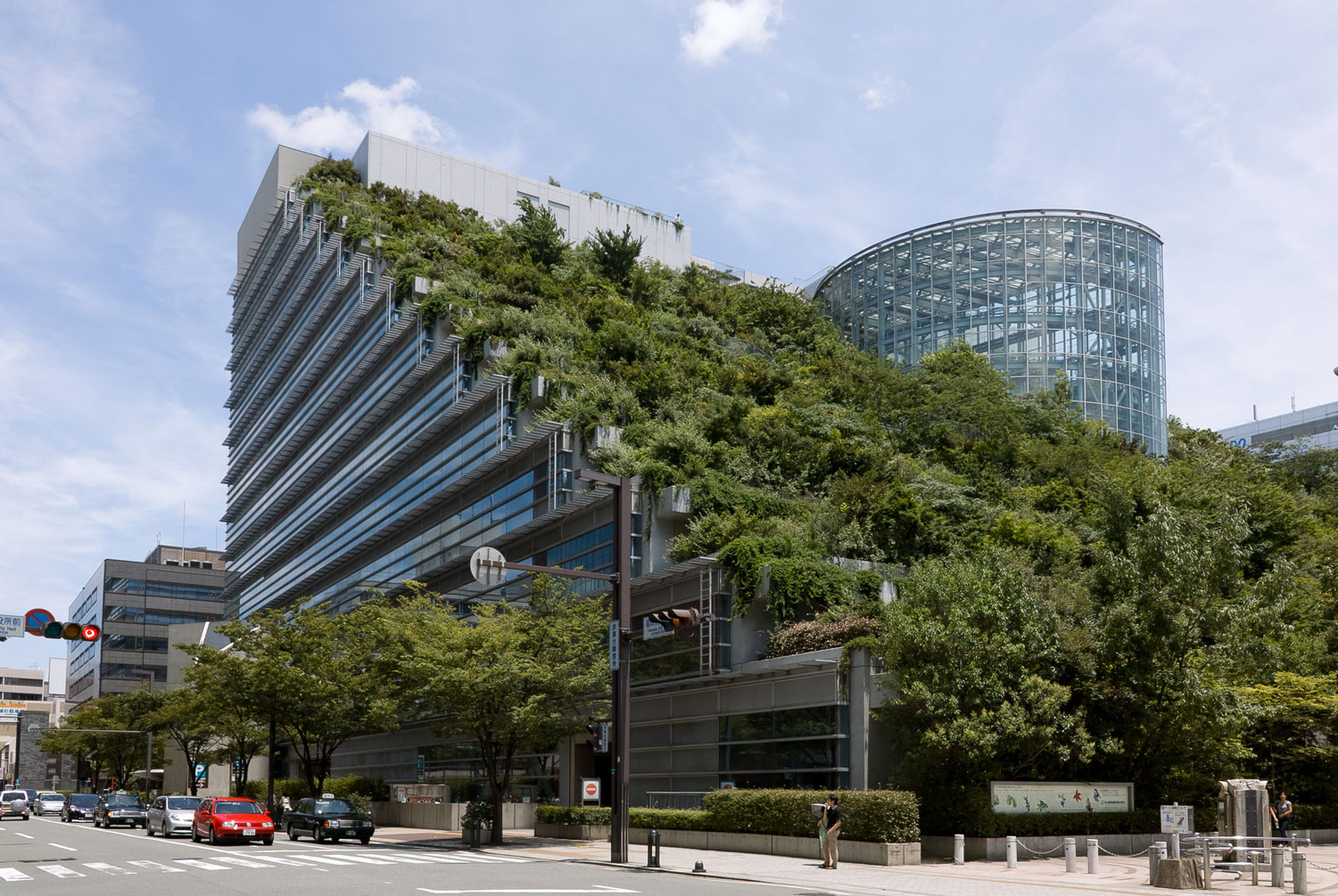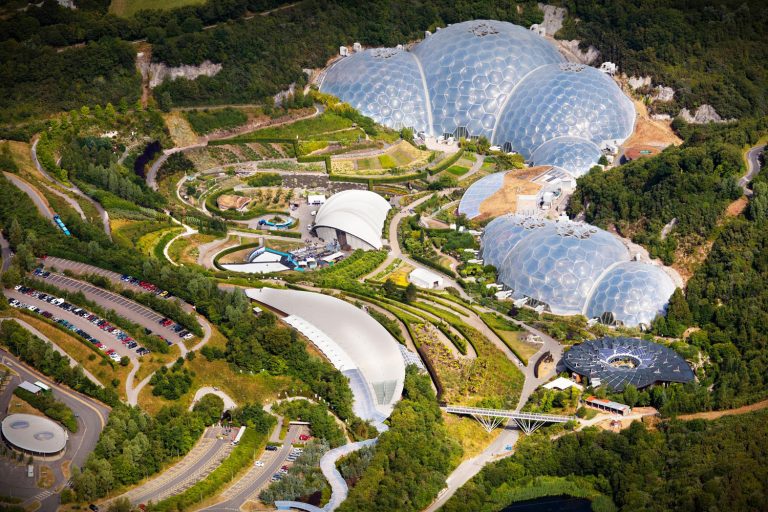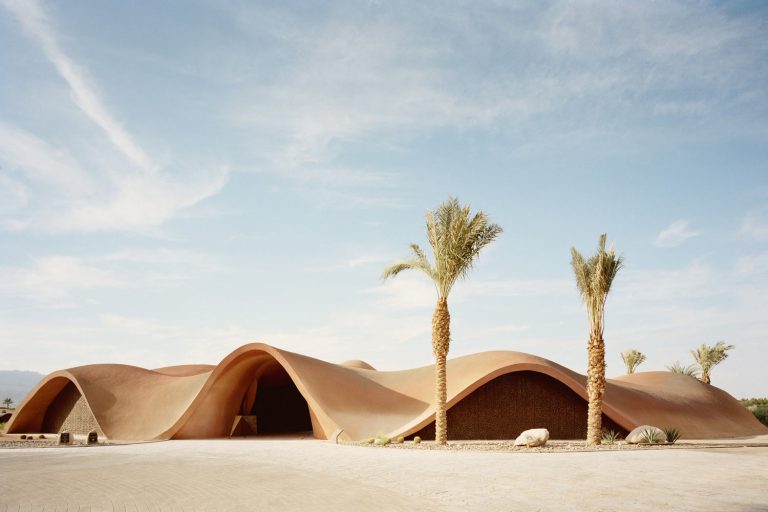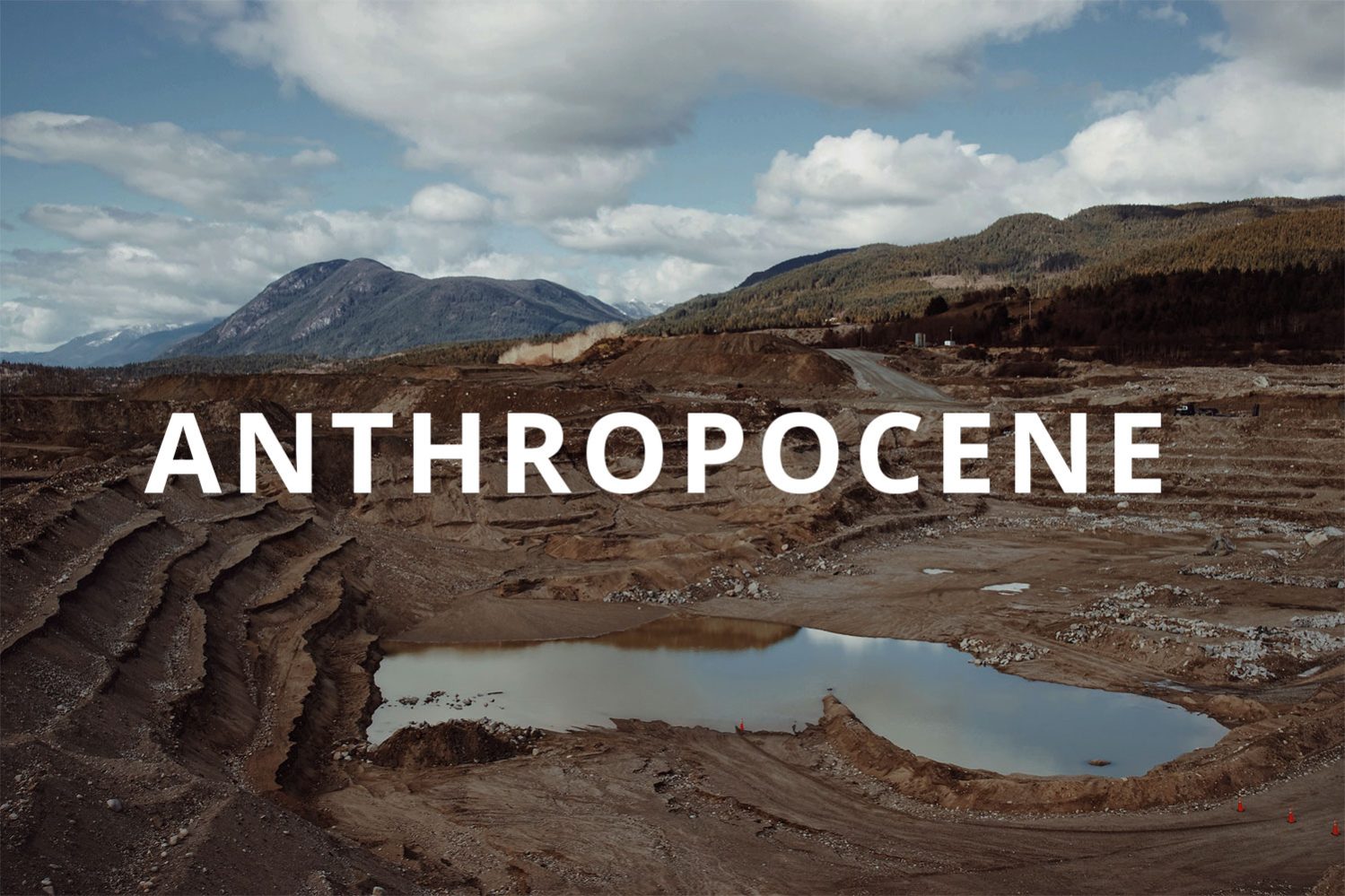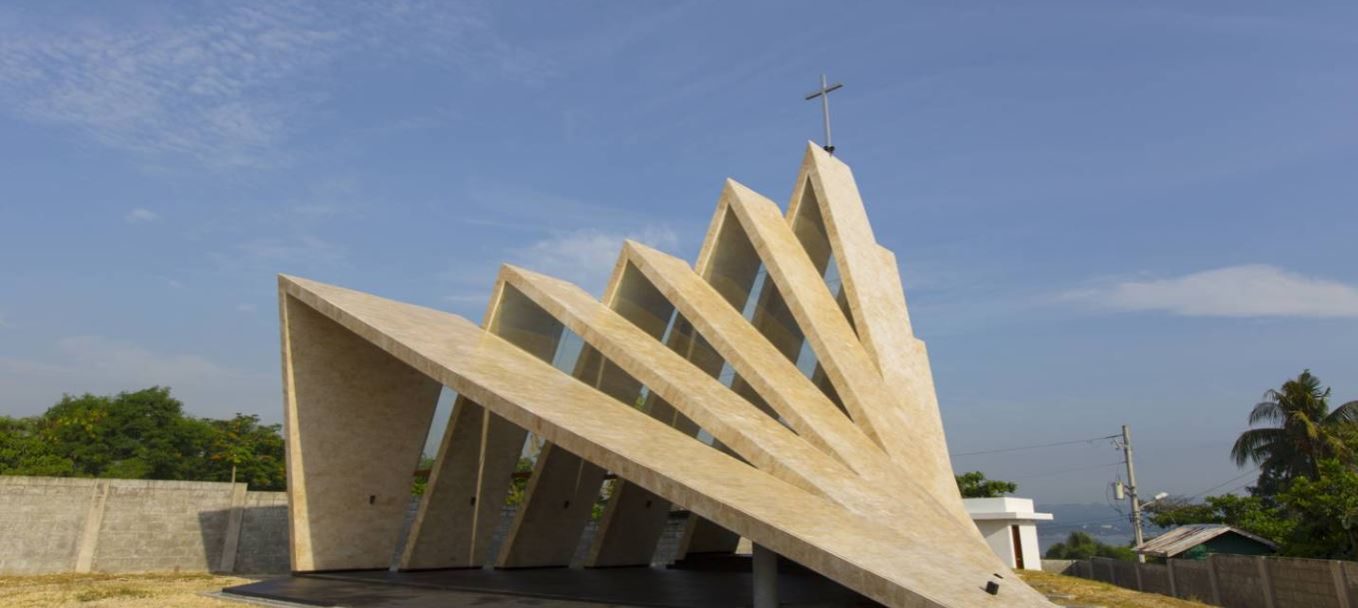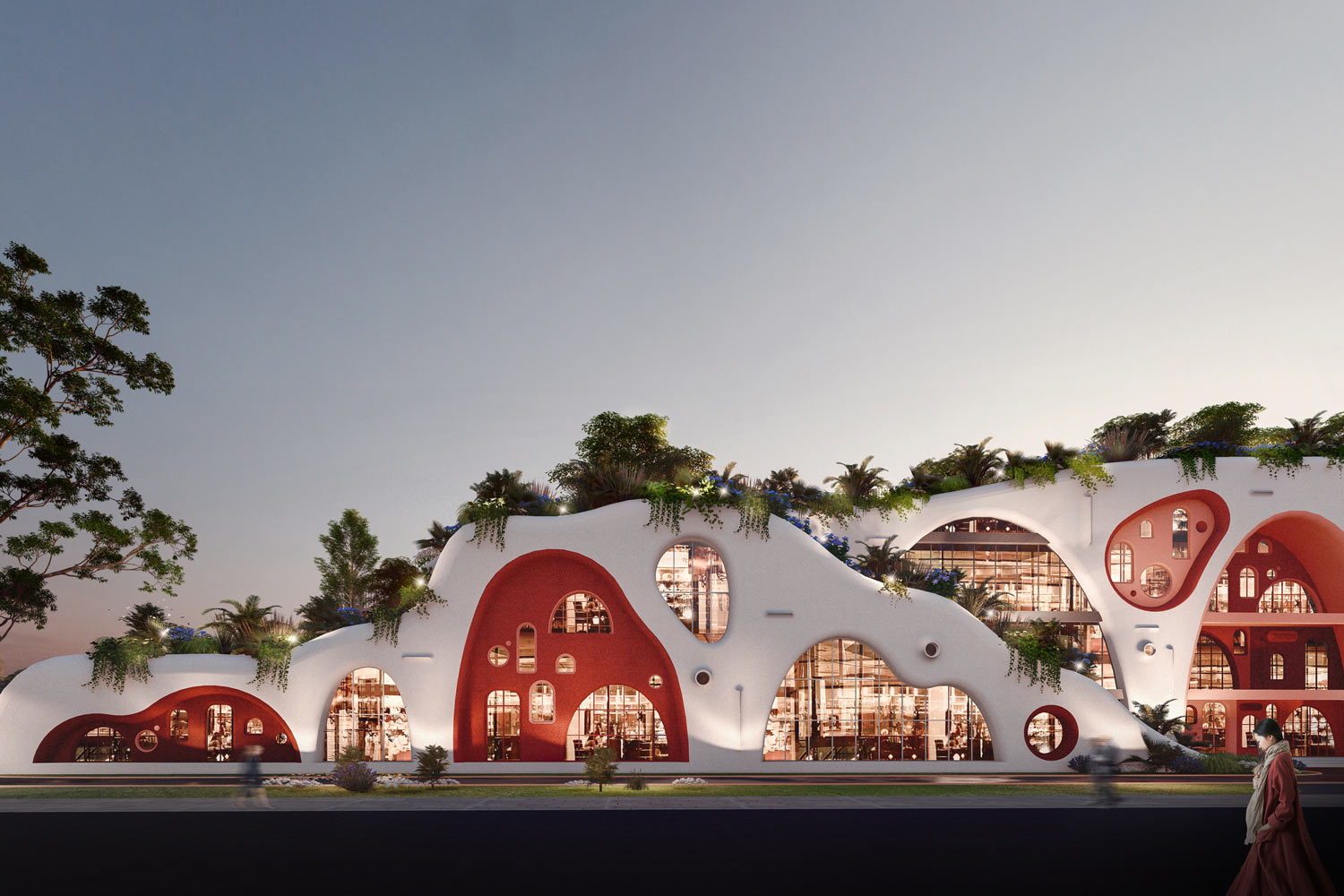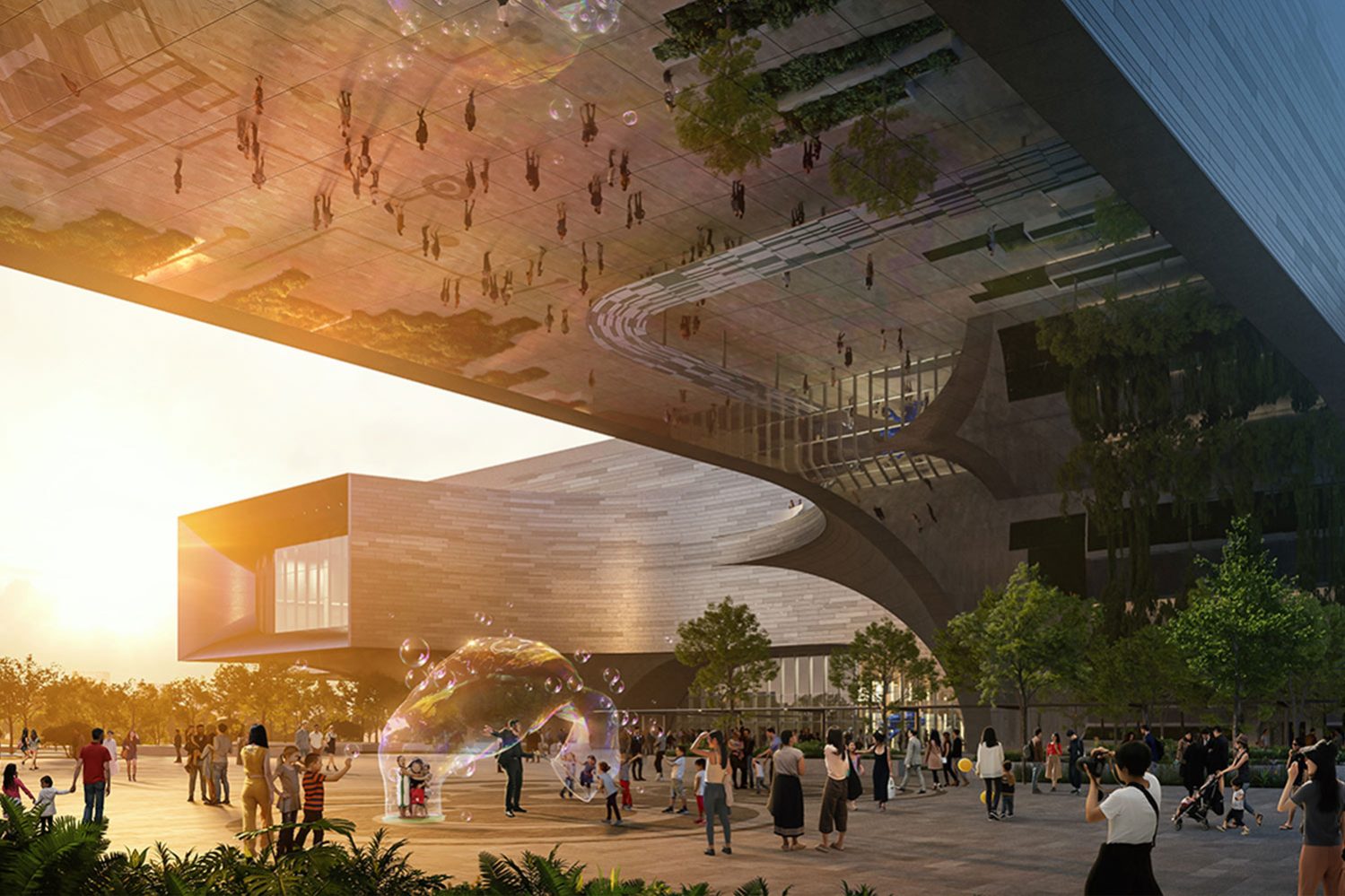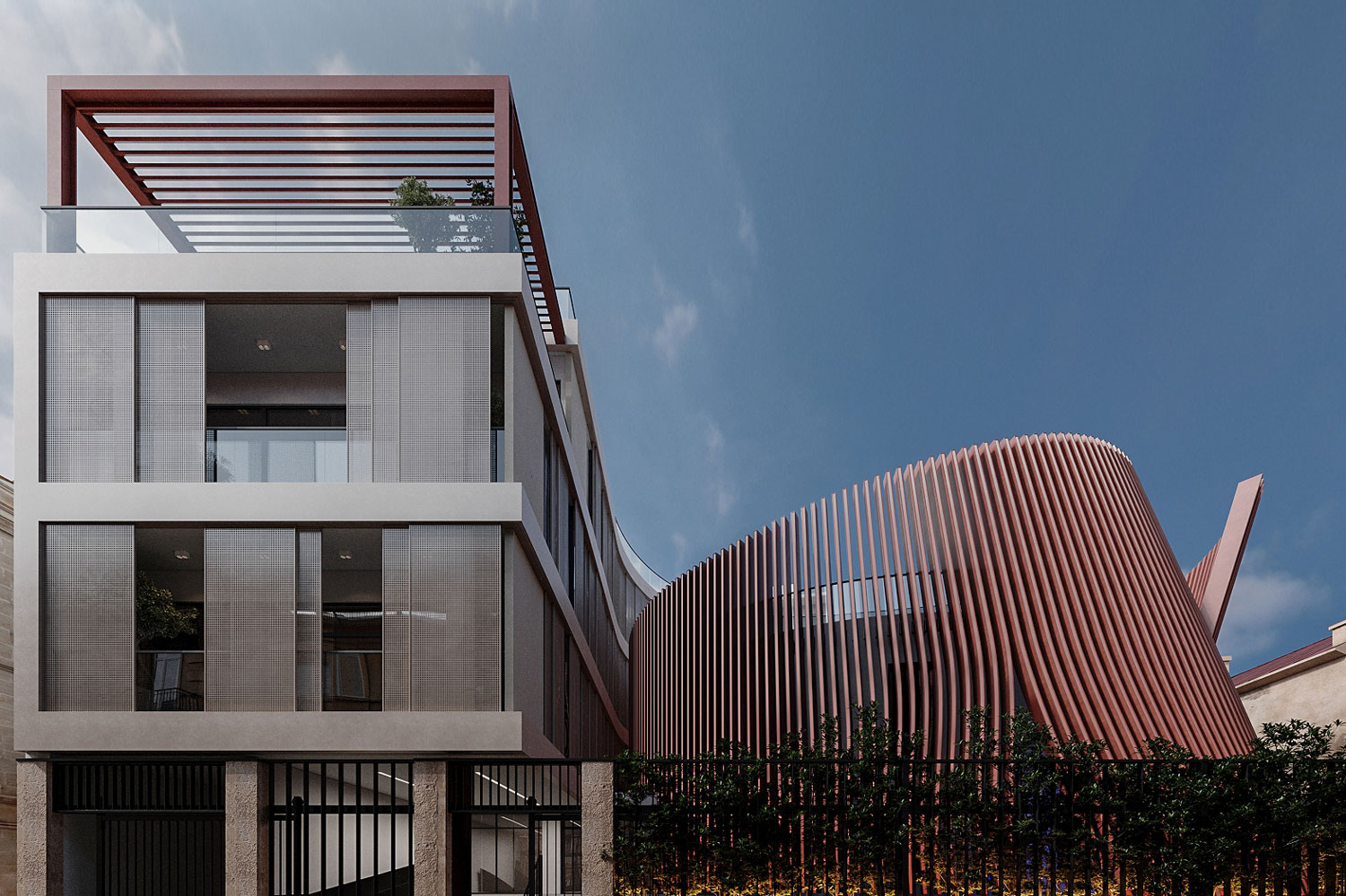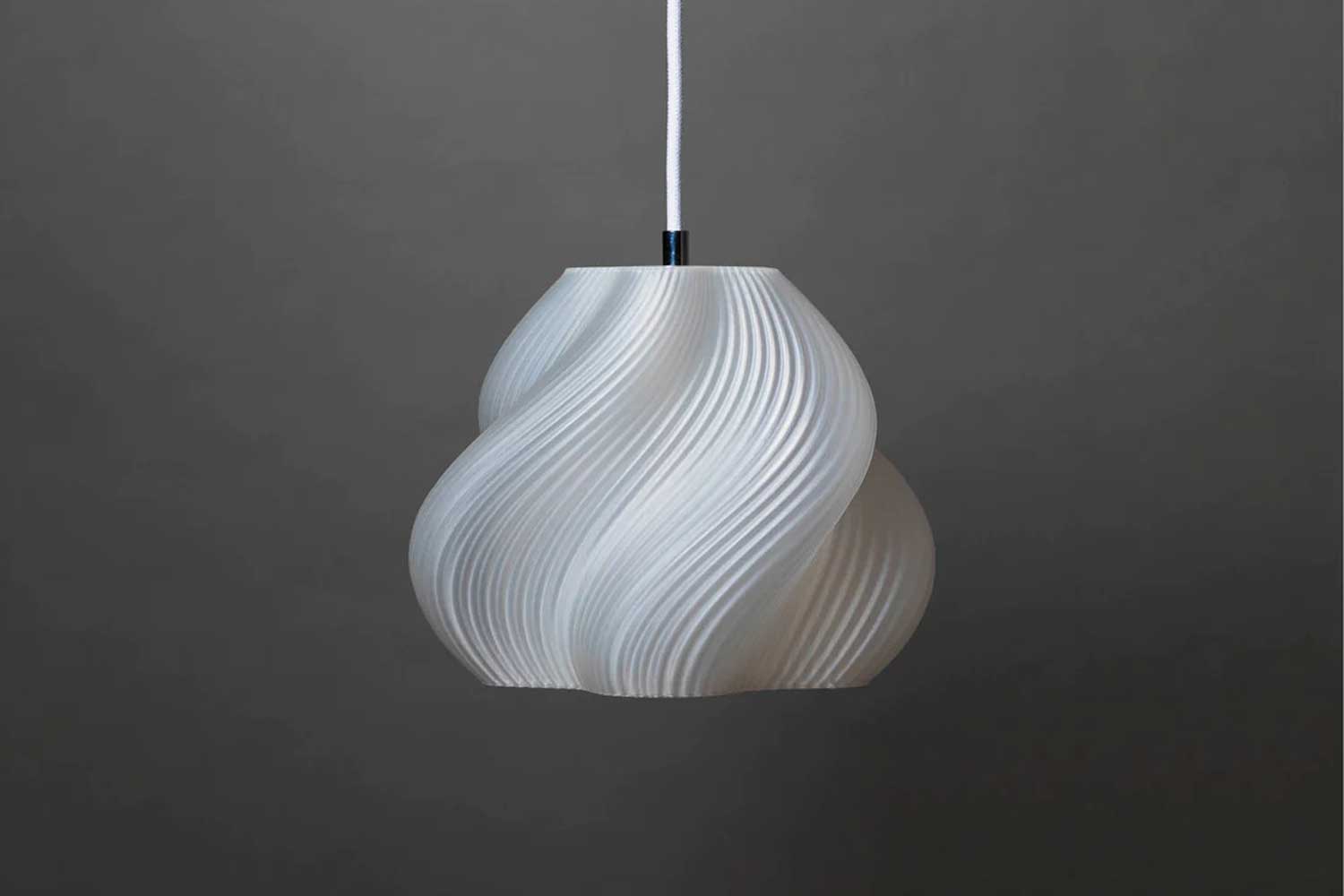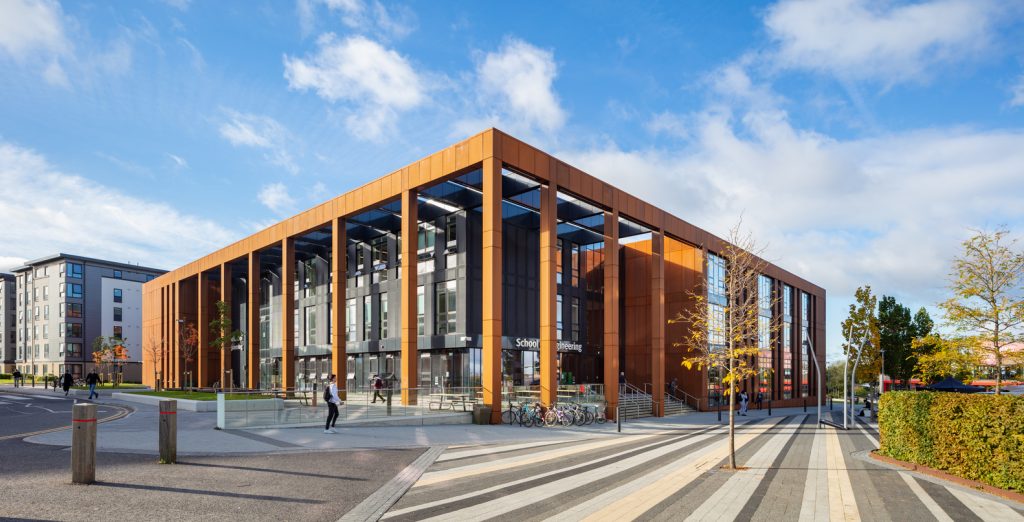
Sustainable roofing materials are revolutionizing architecture by reducing environmental impact.
Sustainability seems to influence every realm of our lives today, particularly building construction. Accounted for utilizing one-third of the world’s resources, emitting nearly 39% of the world’s greenhouse gas emissions, and generating millions of tons of waste every year, the built environment is attributed as a potential threat in accelerating the climate crisis. A conscious shift in building materials and practices is, therefore, a compelling necessity. One such pivotal building element is the roof, which impacts the carbon footprint via the conduction of solar gains.
Sustainable Architecture and its Benefits
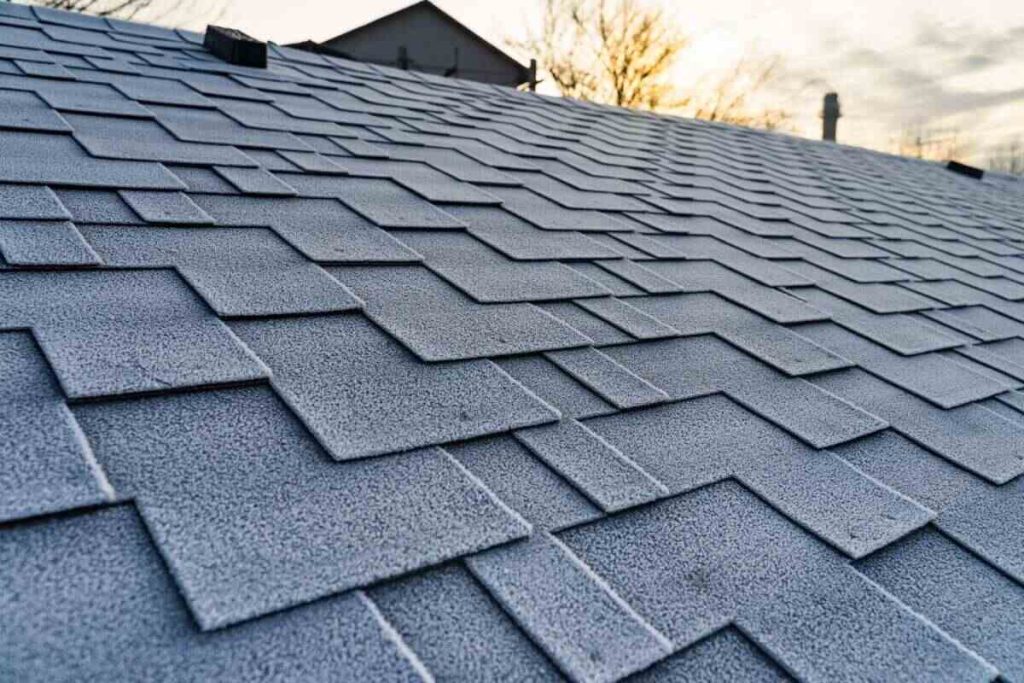
The increasing awareness and emphasis on green building practices have made sustainable architecture an inevitable consideration of the present day. It seeks to minimize the detrimental effects of development on the health of its inhabitants and the environment. This is aimed through a conscious effort to moderate the use of energy, materials, and other renewable resources.
The practice of sustainable architecture is known to have several positive effects on the environmental, economic, and social aspects of society. It protects the biodiversity of various ecosystems, improves air and water quality, and promotes human productivity. It also has competitive advantages in reducing long-term costs by bringing down dependence on traditional and non-renewable energy resources.
In addition to sheltering a structure, the roof acts as an element significantly responsible for conducting and maintaining indoor temperatures. Let’s explore the 10 most promising roofing materials that are redefining sustainable architecture.
Terracotta Roofing
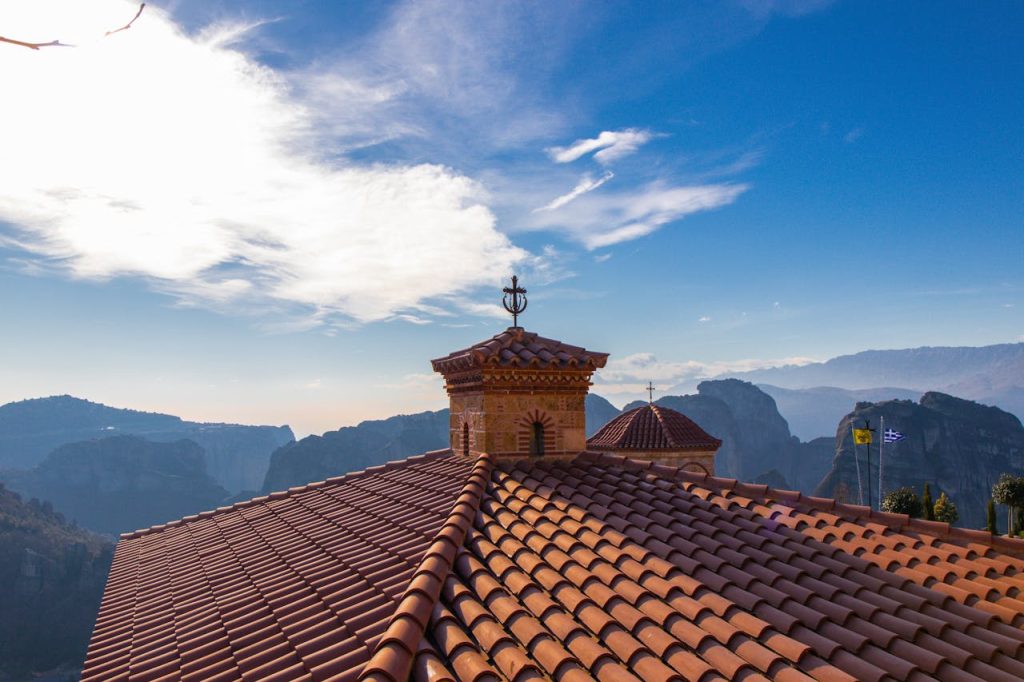
Terracotta tiles are a popularly sought-after roofing material made by industrial refining and molding raw clay due to their versatility, durability, and longevity. Having a long-established presence in the construction industry, these are available in various colors and compositions to suit different roof typologies. Although the upfront costs involved may seem higher, terracotta roofing has several attributed advantages, such as reduced fabrication energy, appealing aesthetics, and minimum maintenance, and it is ultimately cost-effective due to a longer lifespan.
Clay is known to possess thermal insulation properties that can appropriately regulate heat transfer and thereby maintain comfortable indoor temperatures in both hot and cold weather. In the bargain, the heating-cooling loads and costs are reduced, which improves energy efficiency. The raw materials can usually be locally sourced, do not decay, and are sometimes manufactured with recycled content. These roofs are capable of withstanding extreme temperature and weather conditions and have less likelihood of water damage due to their low absorption rate, further asserting their sustainable performance.
Wood Shingles
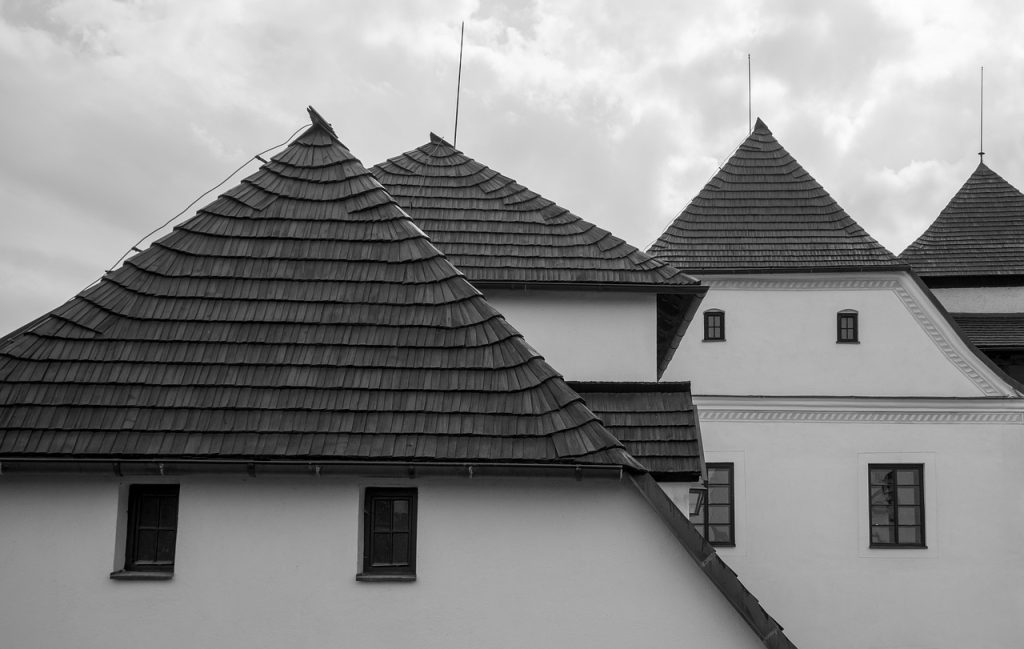
One of the foremost genuinely sustainable materials is wood. Wooden shingles for roofing are made from split logs and hence, are a renewable resource as well as biodegradable. Usually well-suited to subtropical climates, wooden roof arrangements are visually very attractive exhibiting a classic, rustic look to the homes.
Wood acts as a natural insulator, which aids in maintaining desired indoor conditions during different seasons and eliminates the need for additional insulators. Thus, they’re an energy-saving alternative, also curtailing the carbon footprint of a structure. Using reclaimed wood can supplement in saving production energy and thereby reduce pollution and greenhouse gasses. Such roofs are resistant to winds and hurricanes and are proven to last long if in a timely manner.
Asphalt Shingles
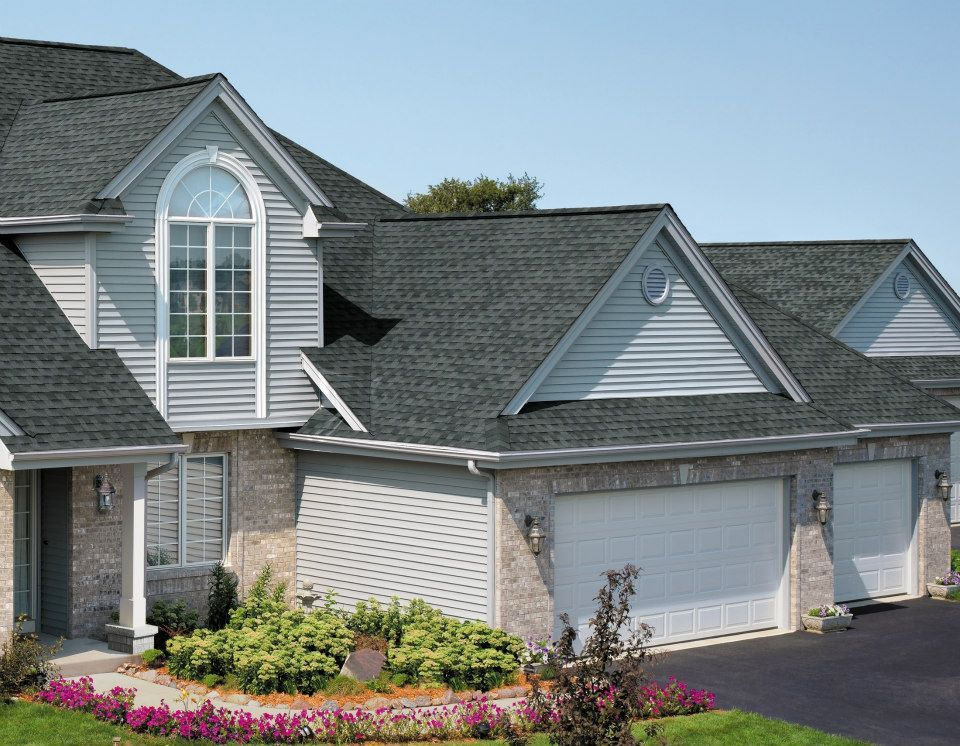
A traditionally preferred choice, the composition of asphalt shingles includes a base of materials like felt paper and fiberglass mats covered with a layer of asphalt, tar, and ceramic granules. Since some of these are inorganic materials, modern-day asphalt shingles have advanced to substitute these with recycled materials like old tires and others.
Asphalt shingles help in optimizing a building’s energy consumption by reflecting most of the sun’s absorbed rays. Also, these can be repurposed at the end of their lifespan to pave pathways, driveways, and parking lots. This roofing is budget-friendly, weather-resistant, easy to maintain, and can be customized to suit specific requirements.
Metal Roofing
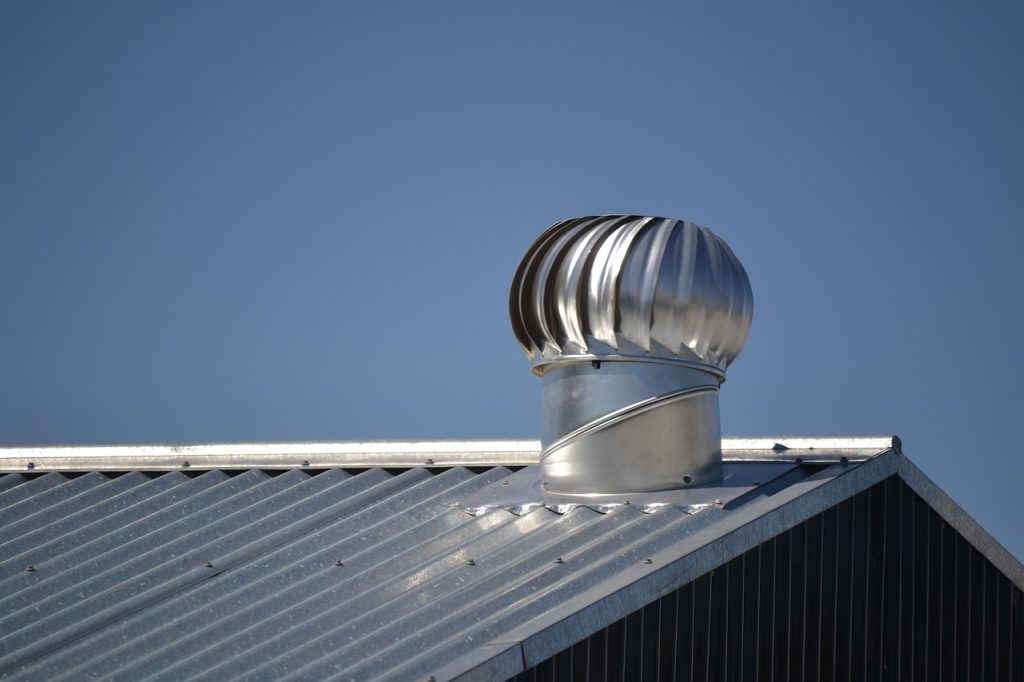
Metal, as a roofing material, is favoured for more than one reason. Lasting two to three times longer than other materials, metal enables a variety of finished panel appearances such as corrugated, standing seam, metal shingle, metal slate, and metal tile. Moreover, such roofing also serves as a sustainable retrofit option, wherein it can be installed over an existing roof to enhance its competence.
Made from different metals like tin, copper, aluminum, and galvanized steel, the roofs are known to withstand extreme weather conditions, are lightweight, fire-resistant, and have strong solar reflectance and thermal emissivity. It has a minimum carbon footprint and a light-colored metal roof, which further facilitates energy efficiency. Besides, in present times that emphasize minimizing waste and improvising the end life cycle, metal is illustrated as an environmentally friendly alternative that is both- recycled and recyclable after its functional life.
Fibre Cement Roofing
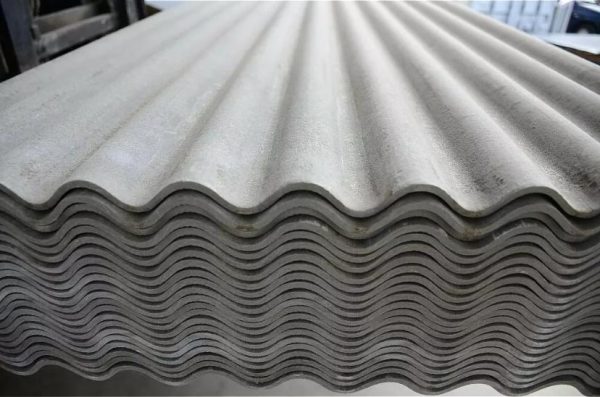
Composition of cement, cellulose fibers, and additives, fiber cement, is the emerging choice for the demands of modern construction. Comprehensively, it is a very functional and aesthetic selection for both residential and commercial projects, having inherent weather endurance and availability in a wide range of colors, textures, and finishes. It is resistant to fire, moisture, and insects and is, therefore, a favored roofing material in high-humidity or rainfall areas.
Whilst consuming less energy resources for manufacturing as compared to traditional materials, its composition includes recyclable and renewable matter, making it sensitive to the environment. Beyond being sustainable, its robust composition also serves as a substrate for mounting solar panels on rooftops. Thus, the durability, longevity and performance of fibre cement all make it a reliable consideration for roofing.
Ferrocement
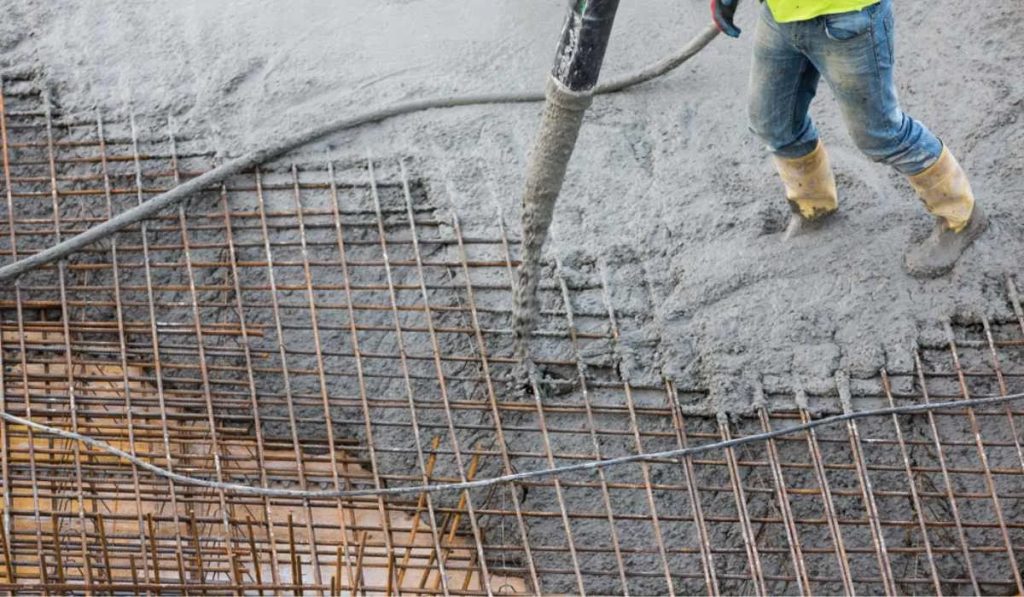
Ferrocement is a low-carbon material using fewer resources like sand, cement and only adequate steel in the form of a wire mesh which makes it environment-friendly. It is a well-suited material for roof construction since it is precast or cast-in-situ and is also deemed flexible to take dynamic shapes.
Ferrocement roofing is straightforward, does not involve energy-intensive processes and is lightweight and cost-effective. Bearing the capacity to cover both small and large spans, it can be used for a myriad category of structures and offers a high strength-to-weight ratio, and improved resistance against cracks and ingress.
Rubber Roofing
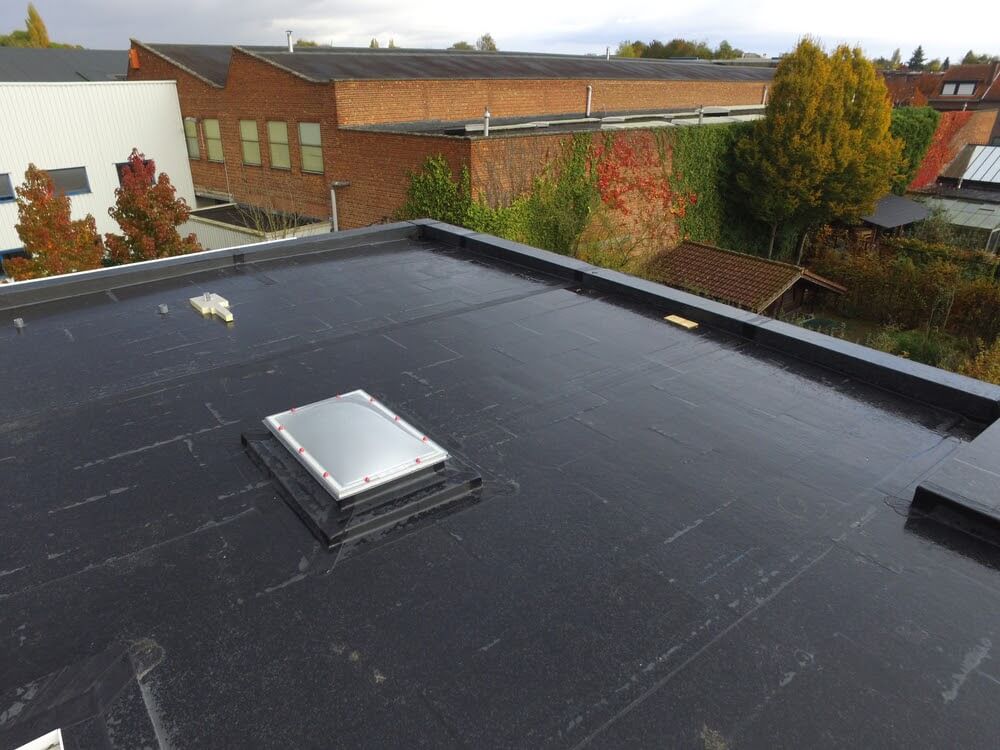
Also known as EPDM (ethylene propylene diene terpolymer) roofing, rubber is relatively new as a roof cladding material. Ranging in thickness from 45mm to 90mm, it requires less fabrication energy, is often made from recycled materials and is recyclable towards the end of its long life. These roofs are lightweight, quick to install and maintain, long-lasting and inexpensive.
Configured to be typically laid out as a single sheet, it is less susceptible to water leakages due to minimum or no seams. EPDM roofs are also fire-resistant, wind resistant and extremely energy-efficient. Additionally, these are flexible to resemble shingles to look identical to other roofs in the surrounding context.
Thermoplastic Polyolefin Roofing (TPO)
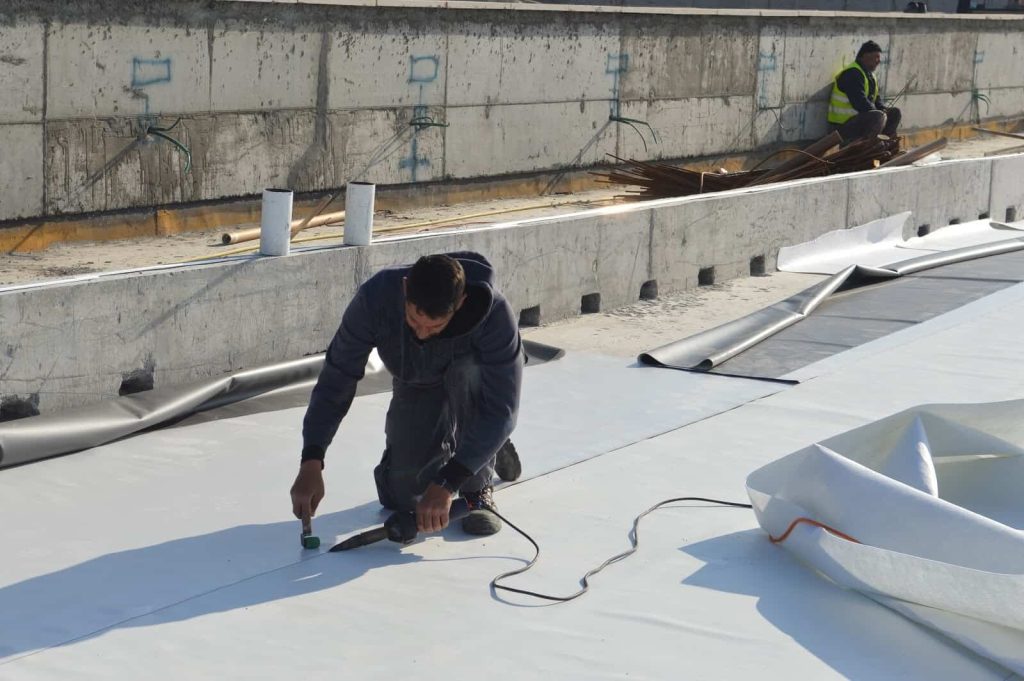
An emerging substitute for sheltering residential, commercial and less-usable spaces, TPO is a single layer of synthetics and reinforcing scrim. Since this is usually white, it reflects the sun’s heat and unnecessary UV rays to keep the structure sufficiently cool.
Primarily, this was developed for flat roofs and roofs or roof facets with a pitch less than 2:12 since asphalt shingles are not permitted to be installed for low-pitch slopes. TPO’s estimated lifespan is nearly 25-30 years if appropriately installed and maintained. It allows flexibility to include insulation of choice to the roof and can achieve Class A fire-resistant listing by adding fire retardant chemicals.
Slate Roofing
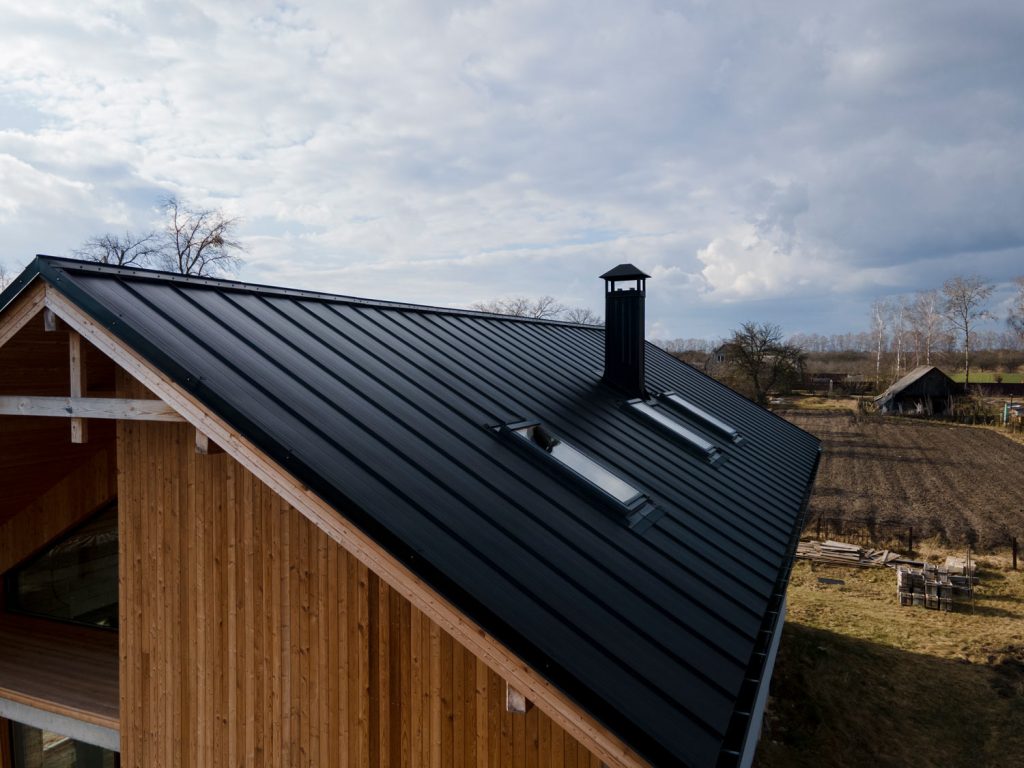
Formed from centuries of geological processes, slate is a naturally occurring, extremely durable material. Depending on the composition of the quarry, it is available as hard or soft slate in a wide range of colours and textures. With a life expectancy of nearly 100 years, a roof cladded in slate is accredited to outlast the structure itself.
Since slate is impervious, it prevents the penetration of water and offers reliable protection against mould and fungus. It is fire resistant and is an eco-friendly roofing investment offering durability, longevity, safety and the feasibility of reuse at the end of its lifespan.
Green Roofing Systems
Known also as vegetated roofs, the Green Roofing System is one of the most contemporary and competent sustainable roofing systems. Supporting the growth of living vegetation, these are partially or completely covered in grass, small plants and other similar species preferably native to the local area.
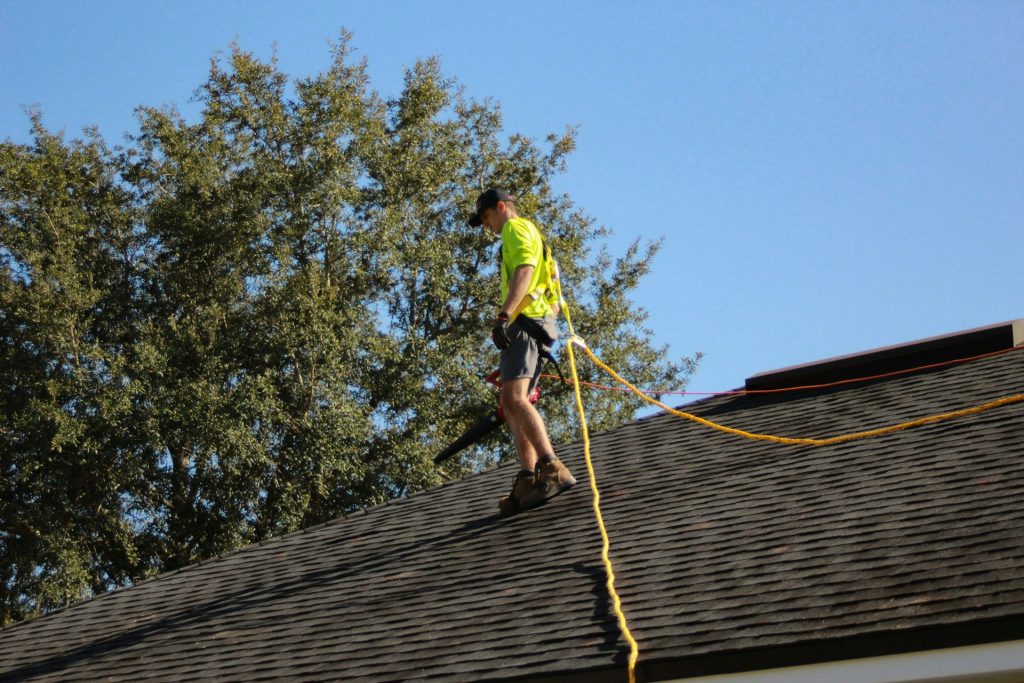
The substrate layers and vegetation act as natural filters to offer several environmental benefits such as the absorption of rainwater to prevent runoff and mitigate the consequent risk of flooding. In the urban context, these help to effectively enhance the surrounding air quality, and biodiversity and alleviate the Urban Heat Island Effect (UHIE) caused by detrimental building materials. Alongside visually elevating the appearance of a neighbourhood, green roofs supply additional cooling and insulation to a building.
Conclusion, roofing solutions in present times are perceived to provide a cumulative response to aesthetics, comfort, shelter and the environment. Advancements in the properties of conventional materials and the introduction of new ones collectively put forward an array of alternatives for roof cladding. Basis a consideration of factors such as climate, and performance, a responsible selection can be made that is viable, cost-effective and environmentally- friendly.


